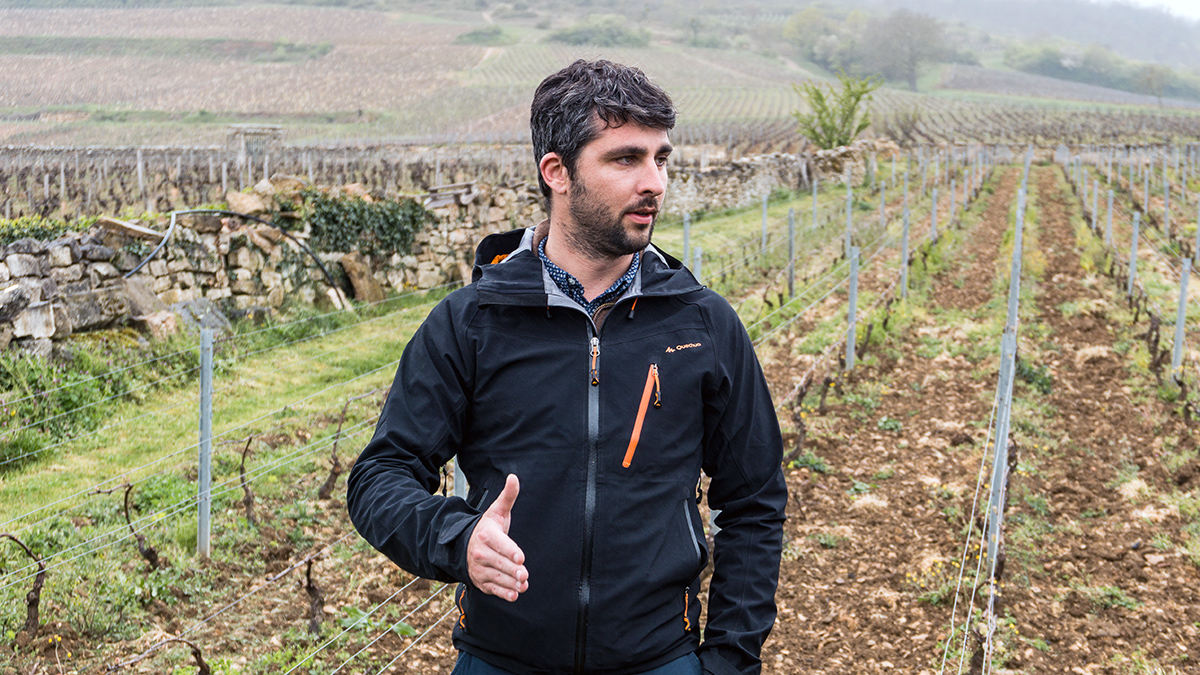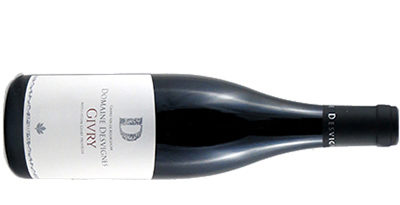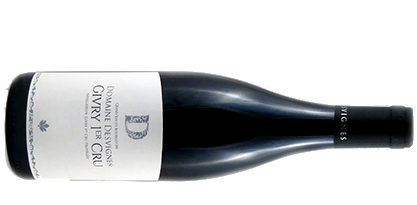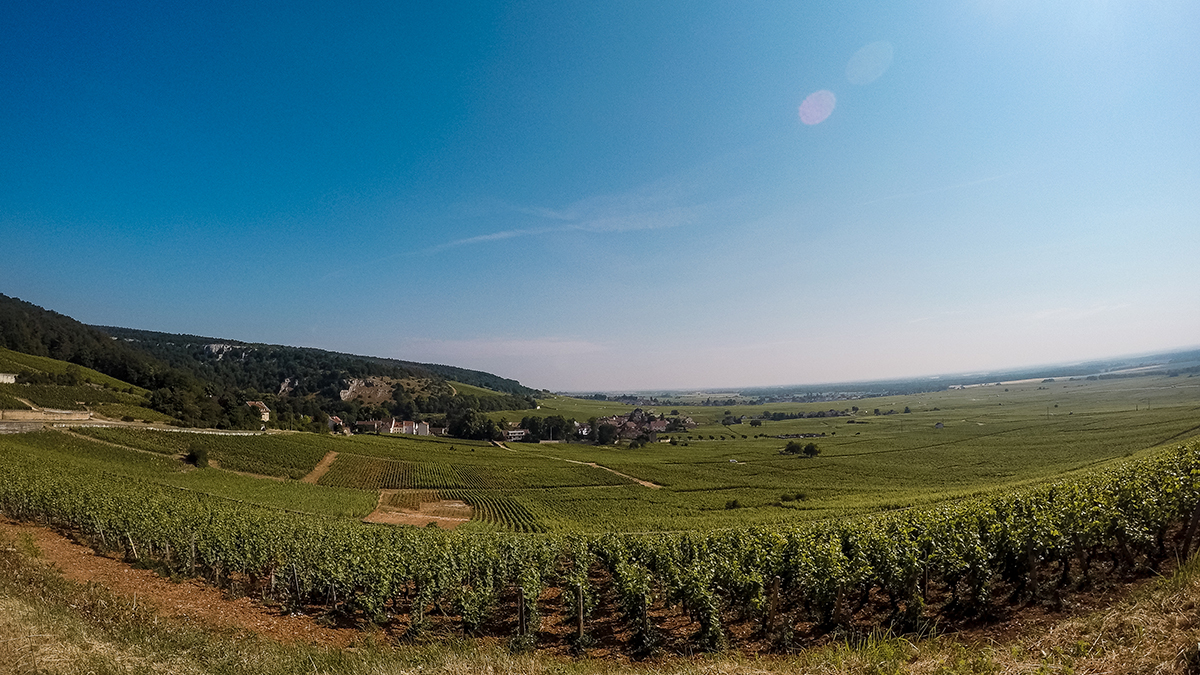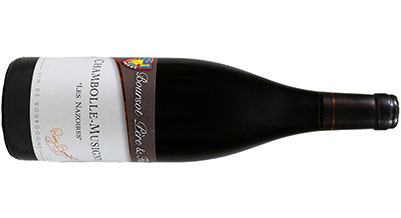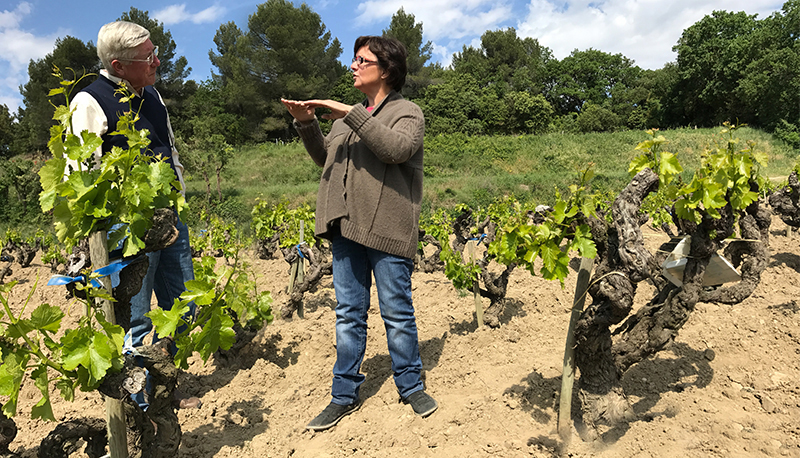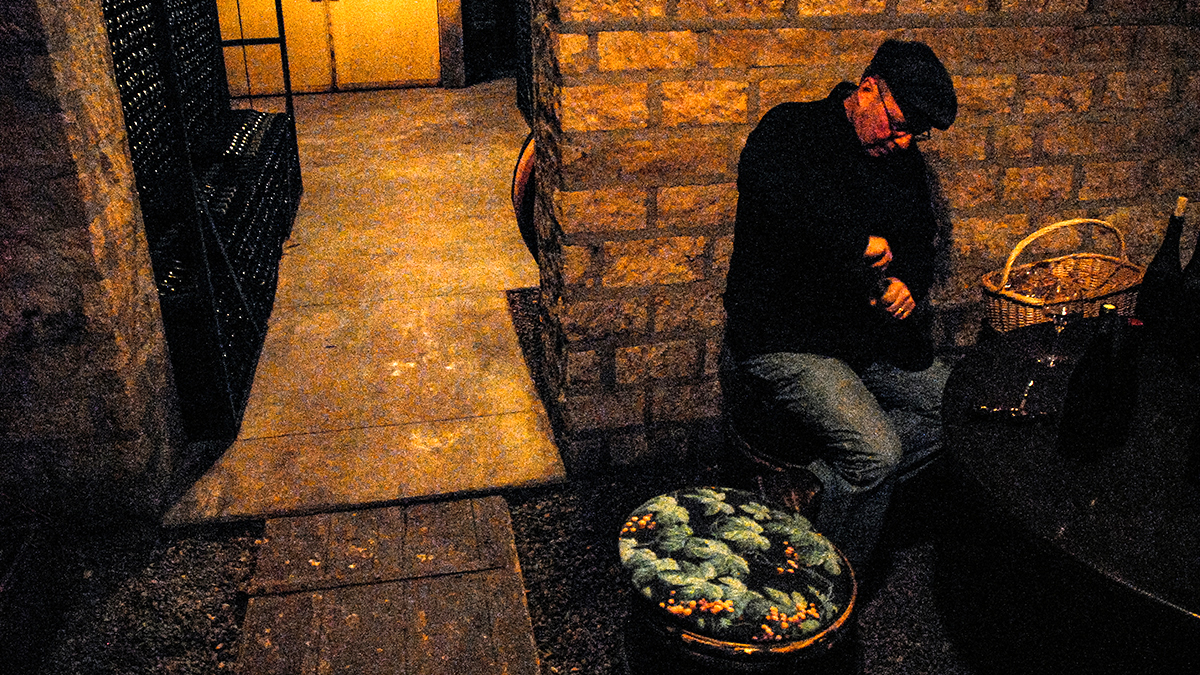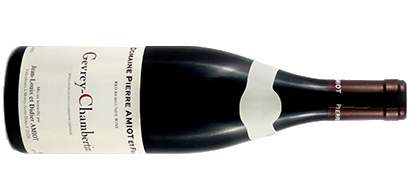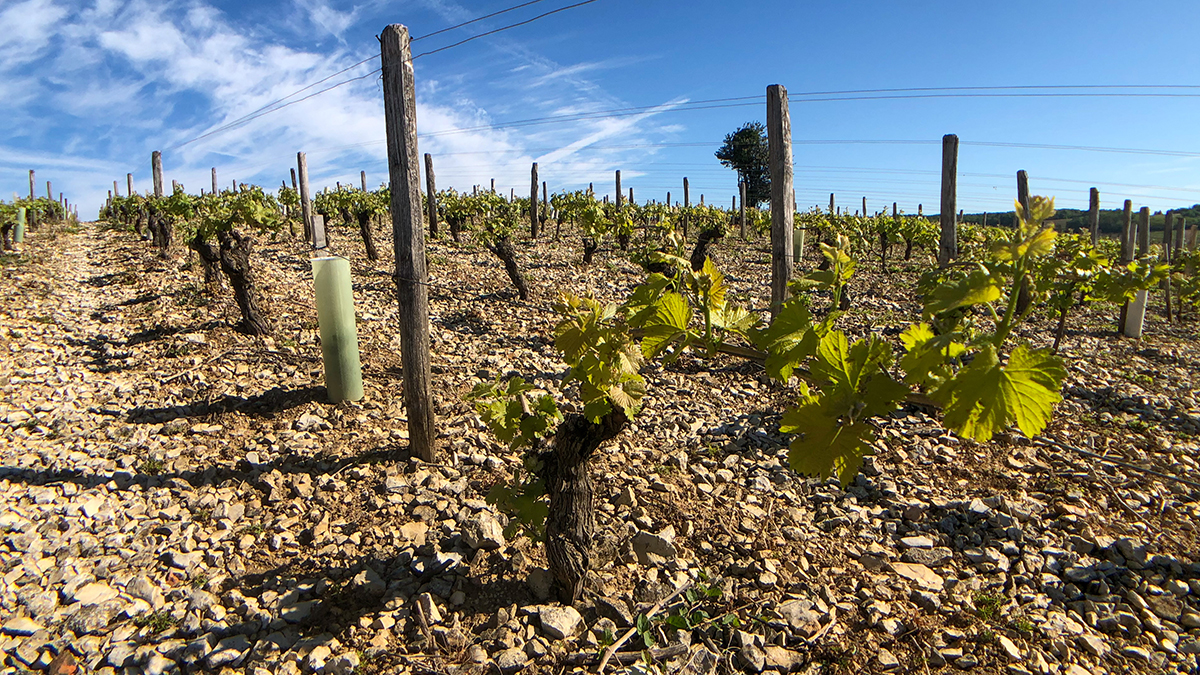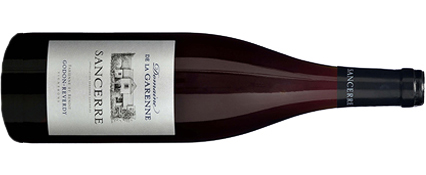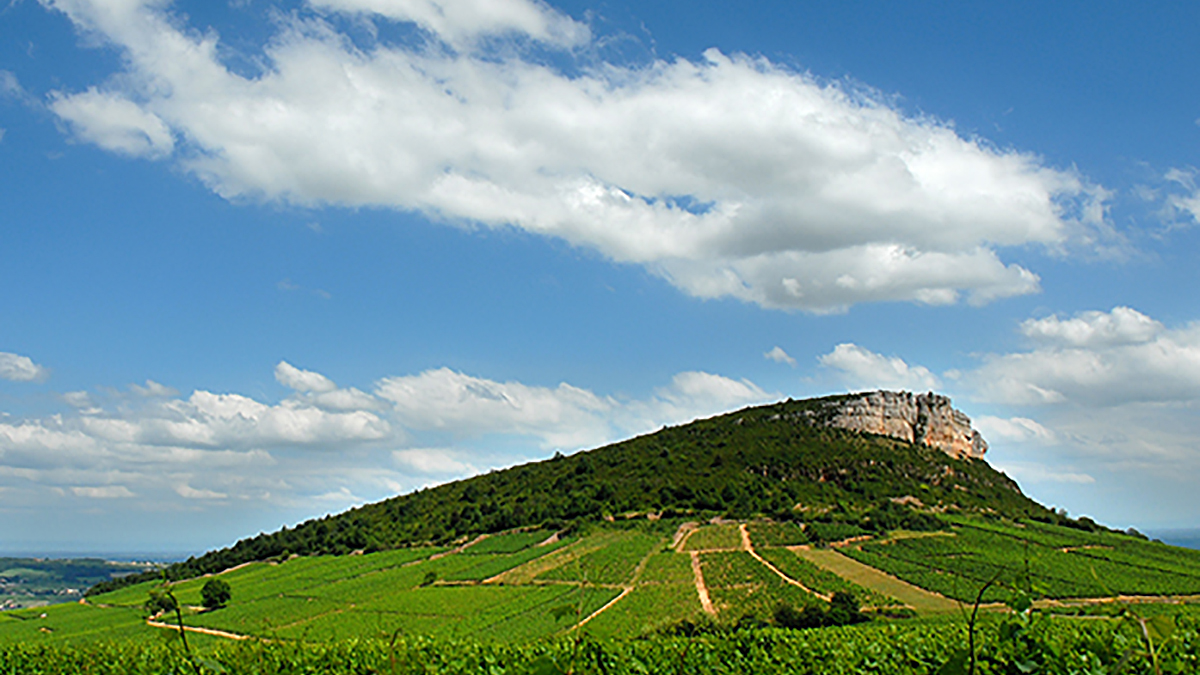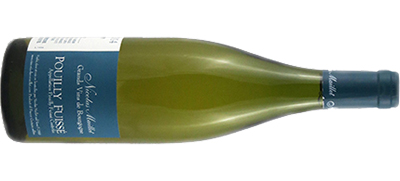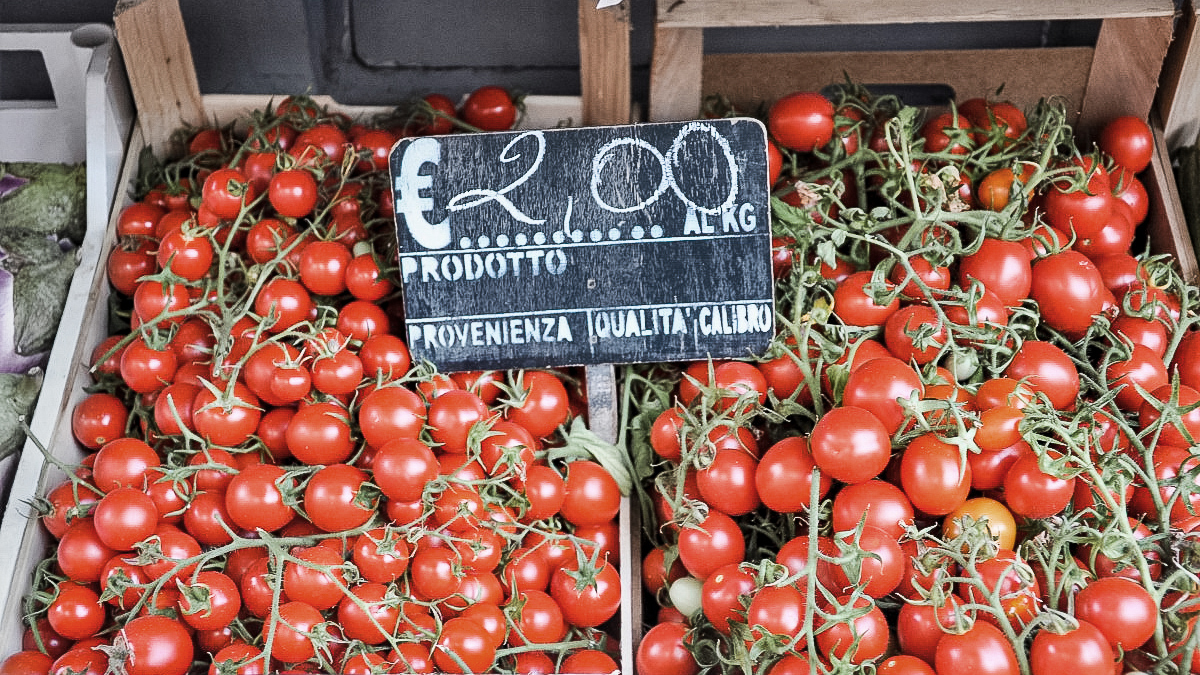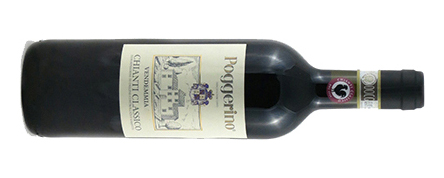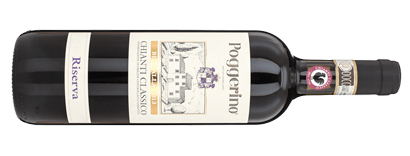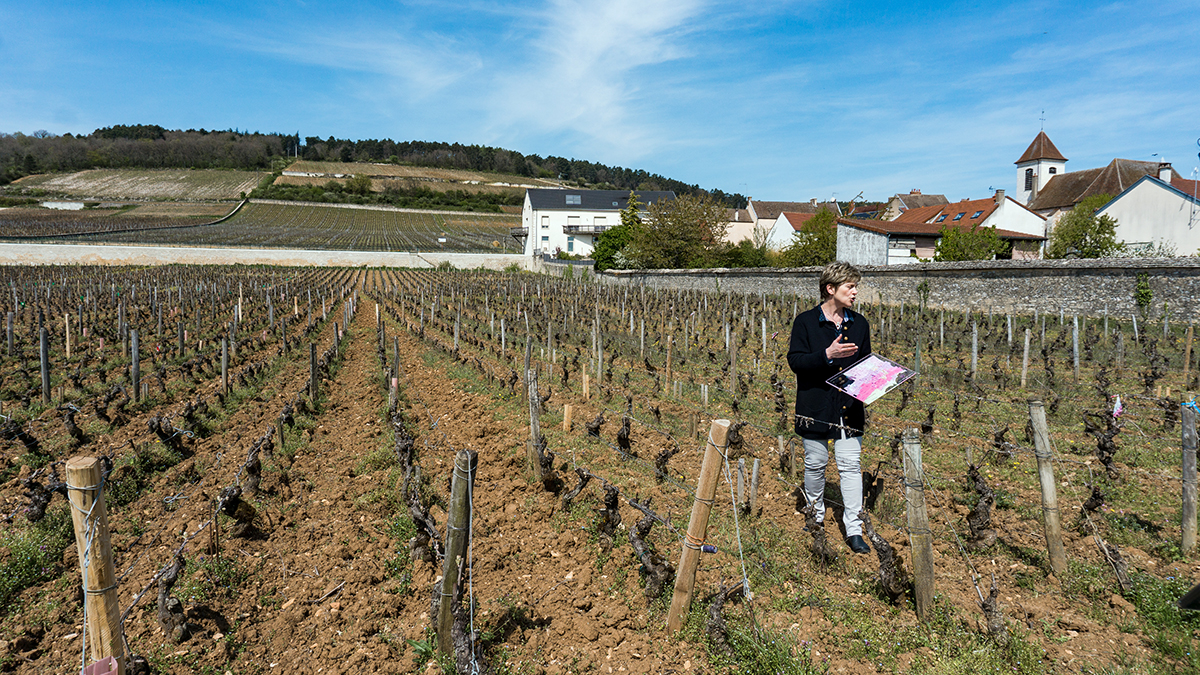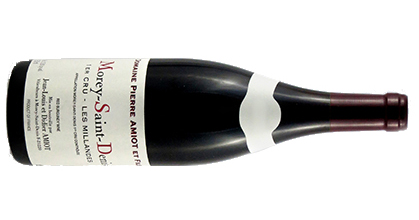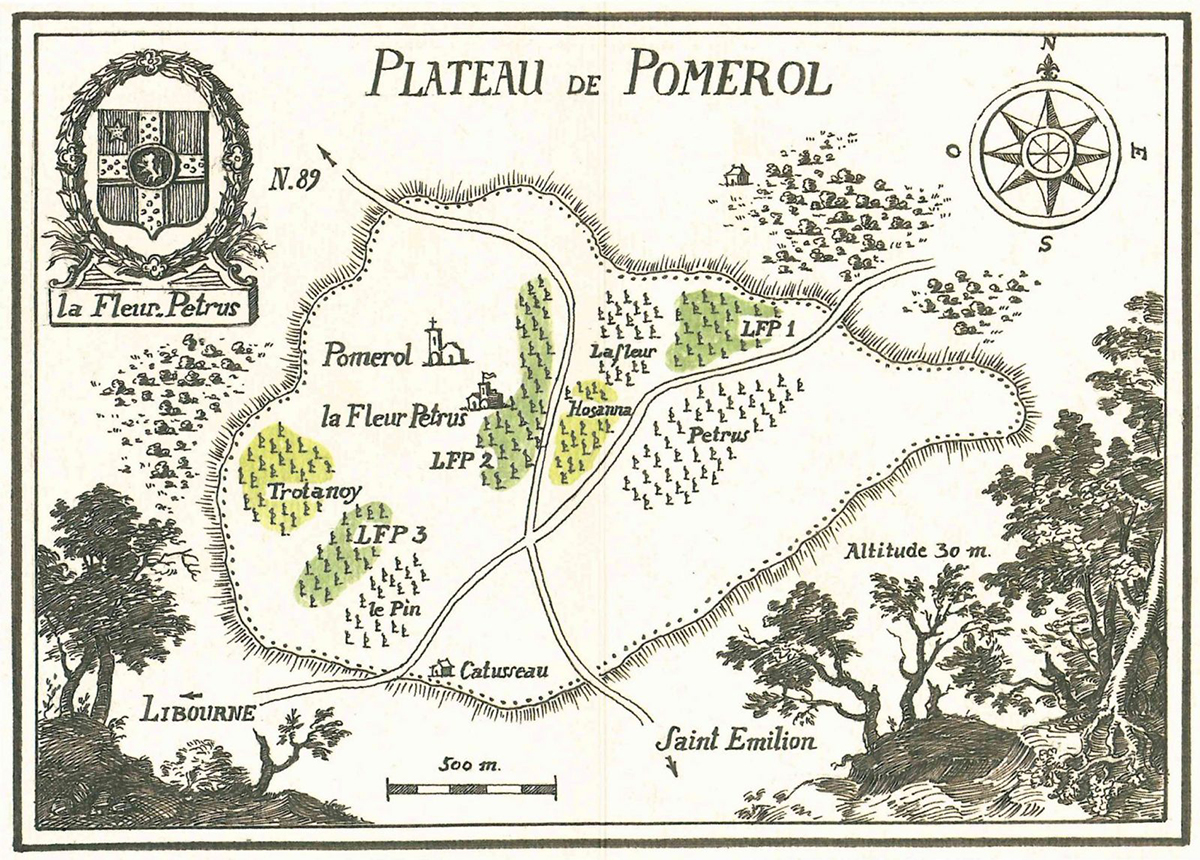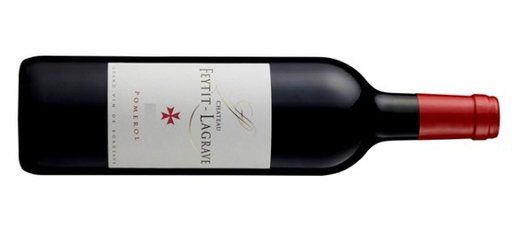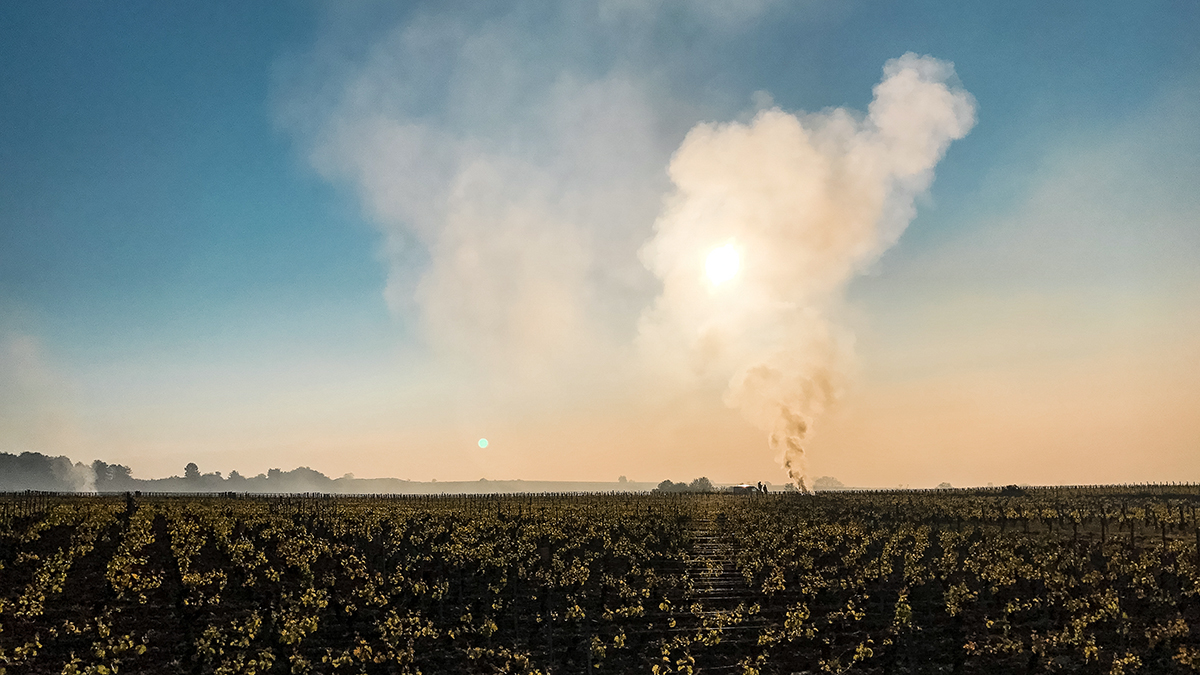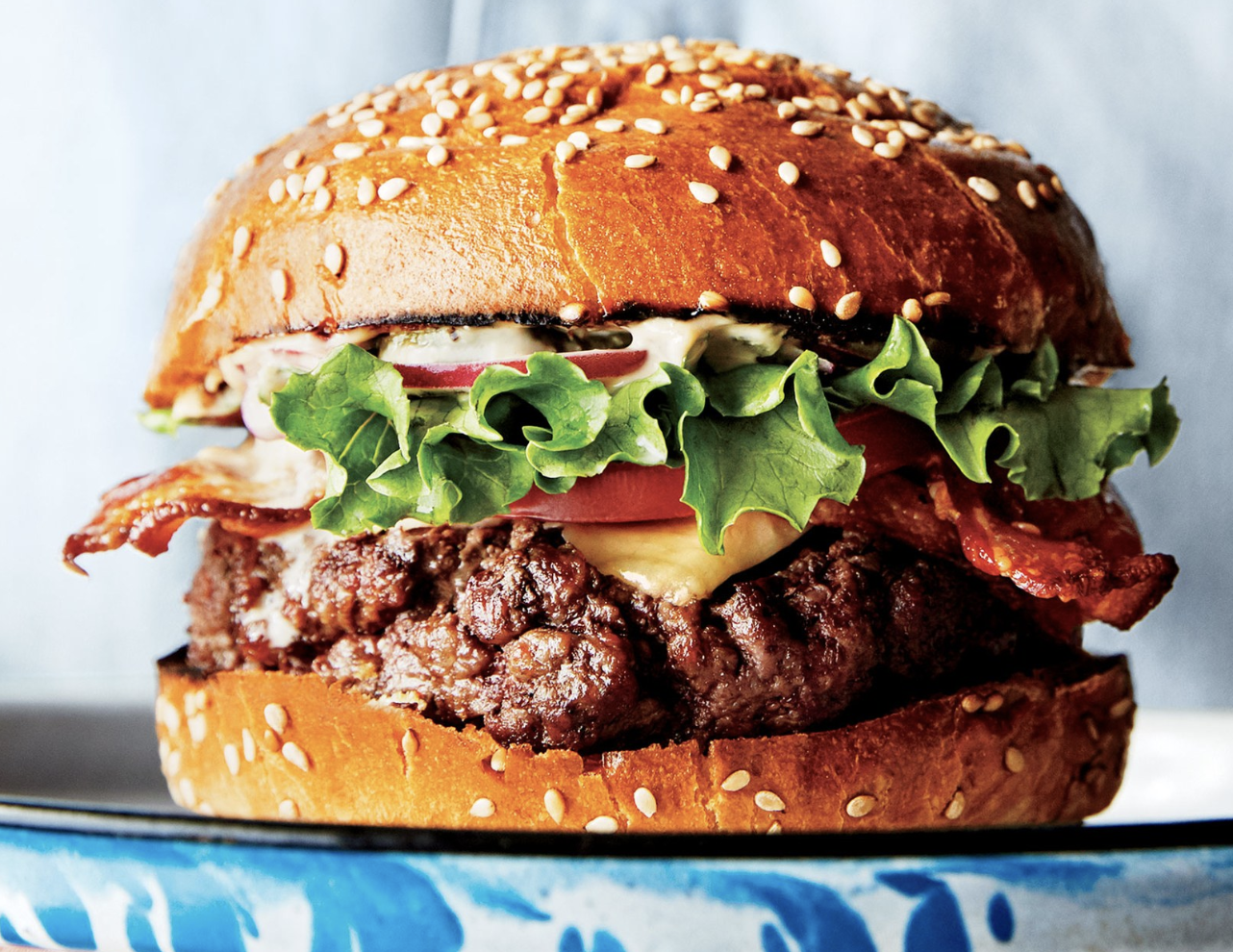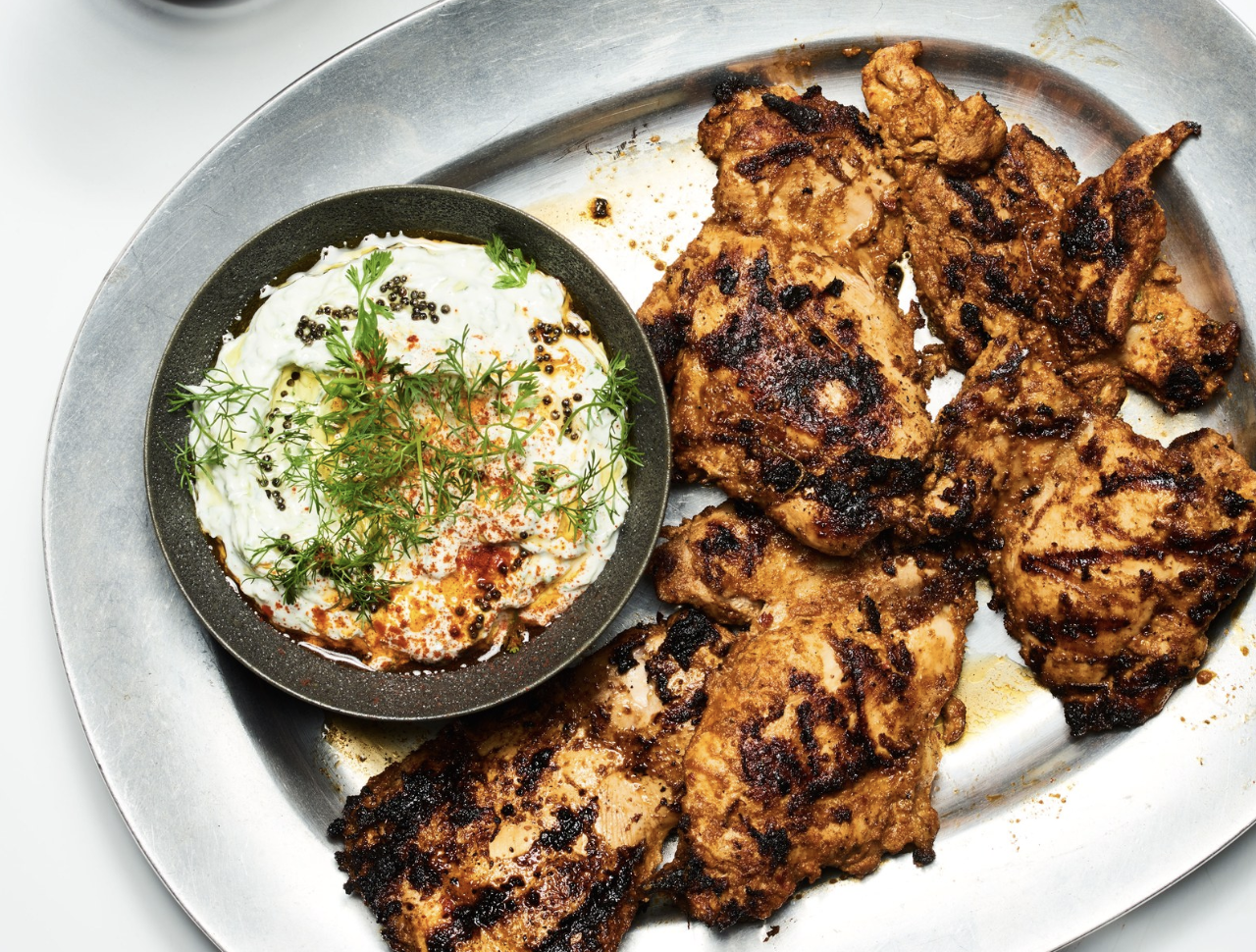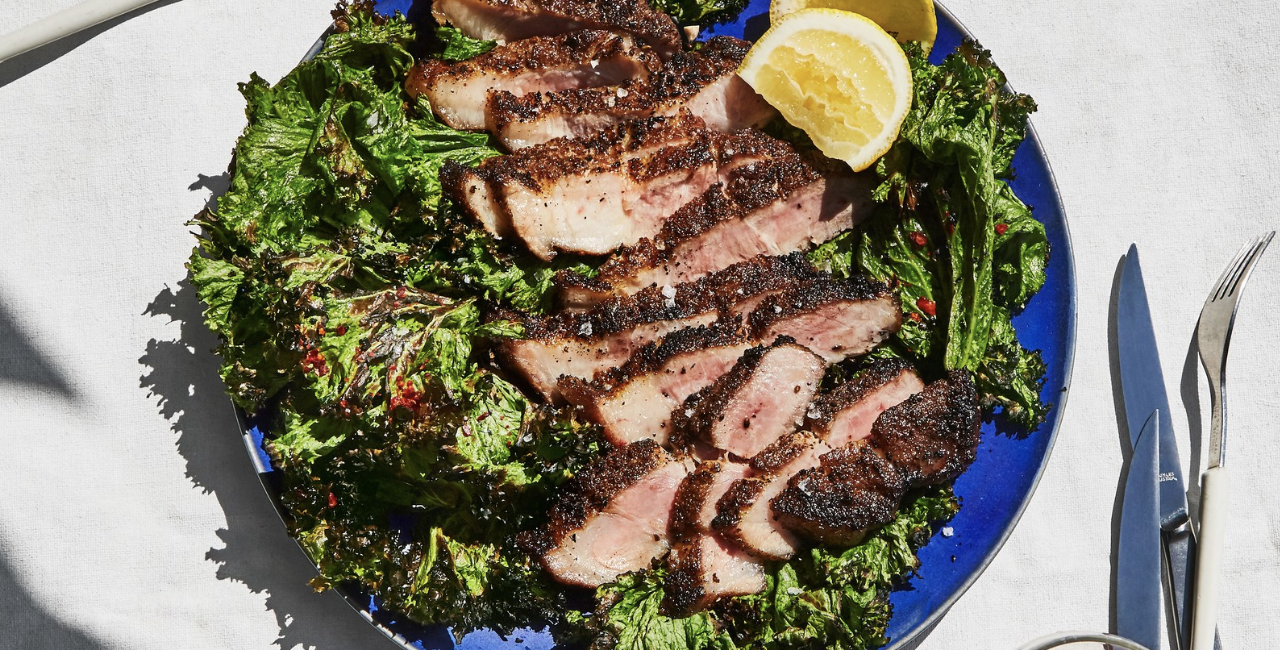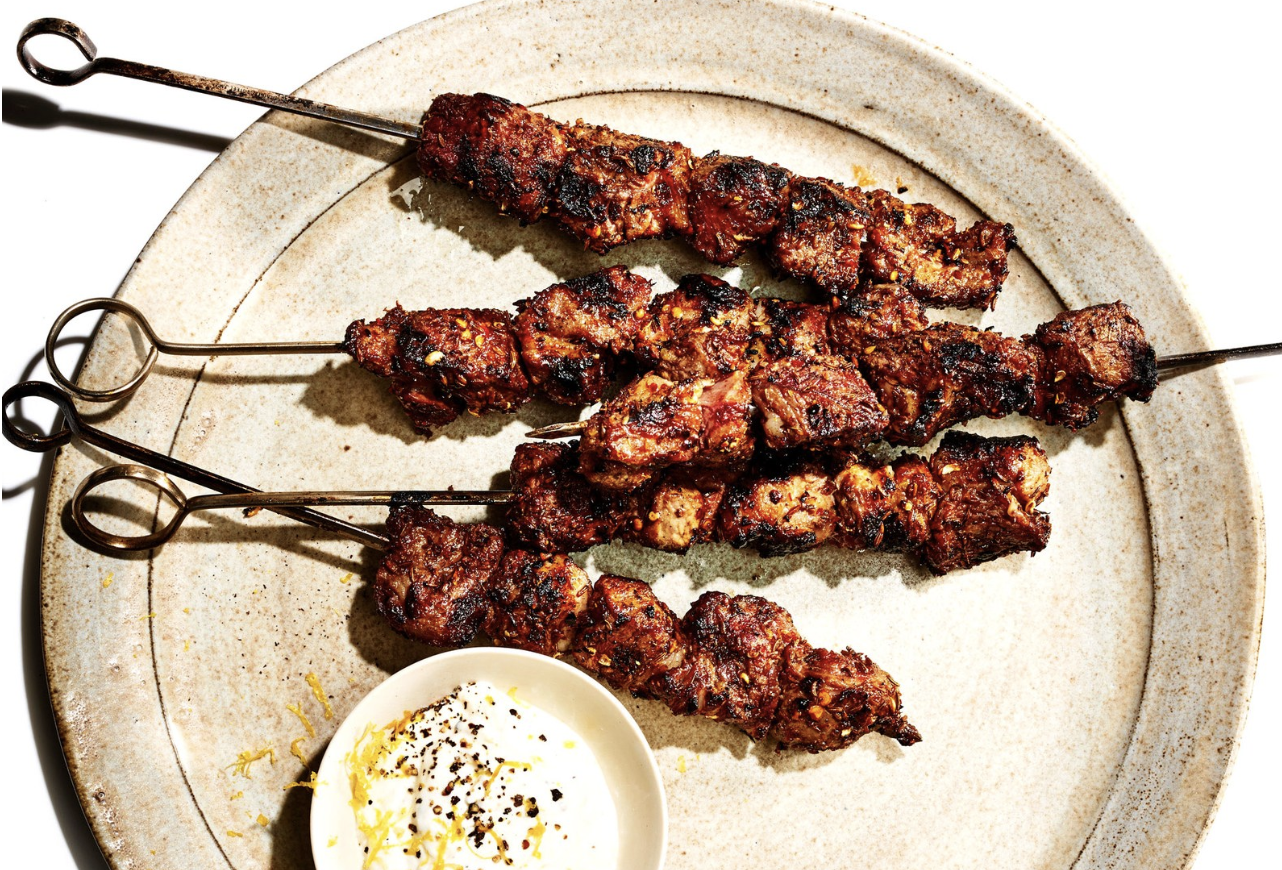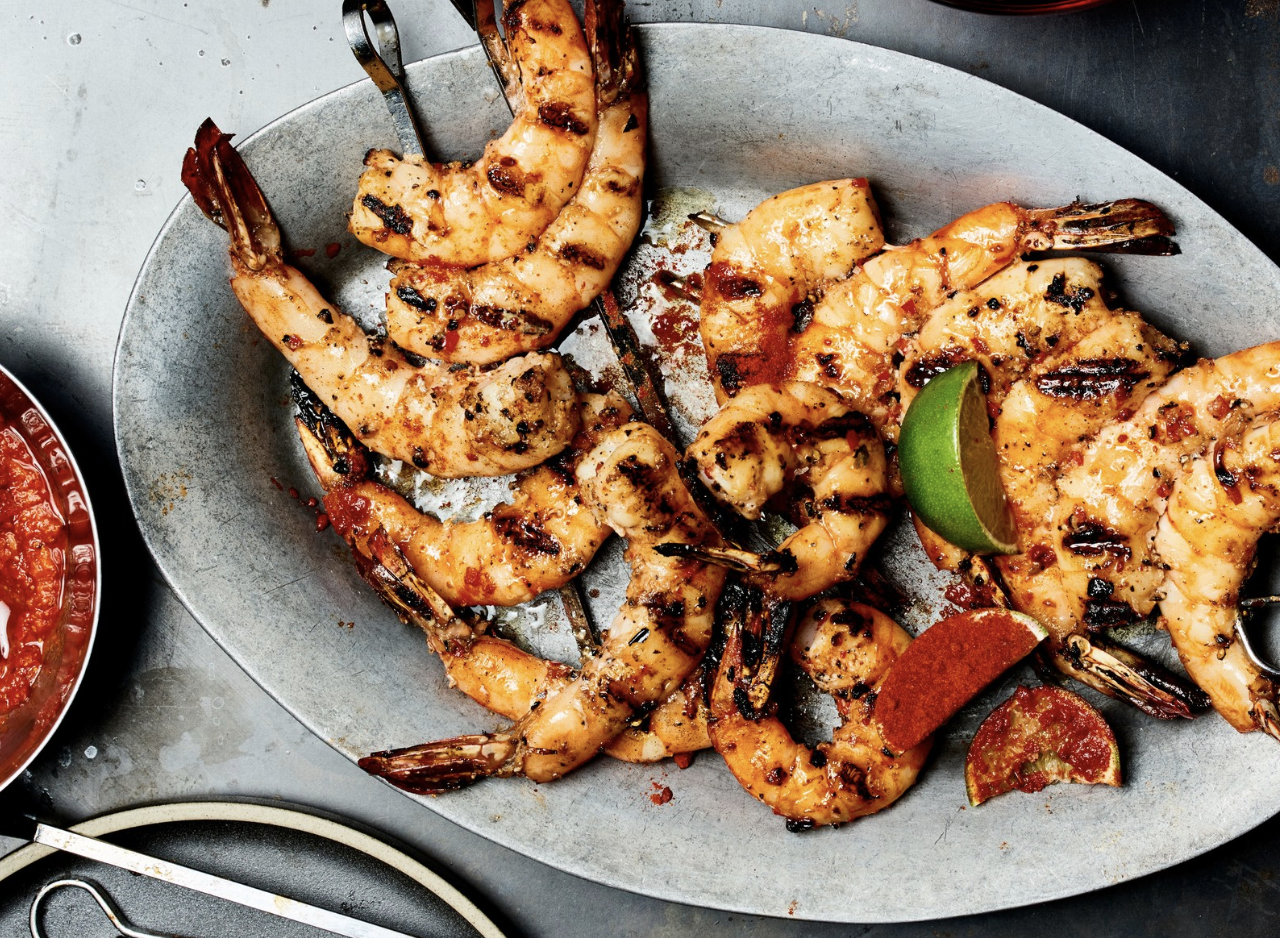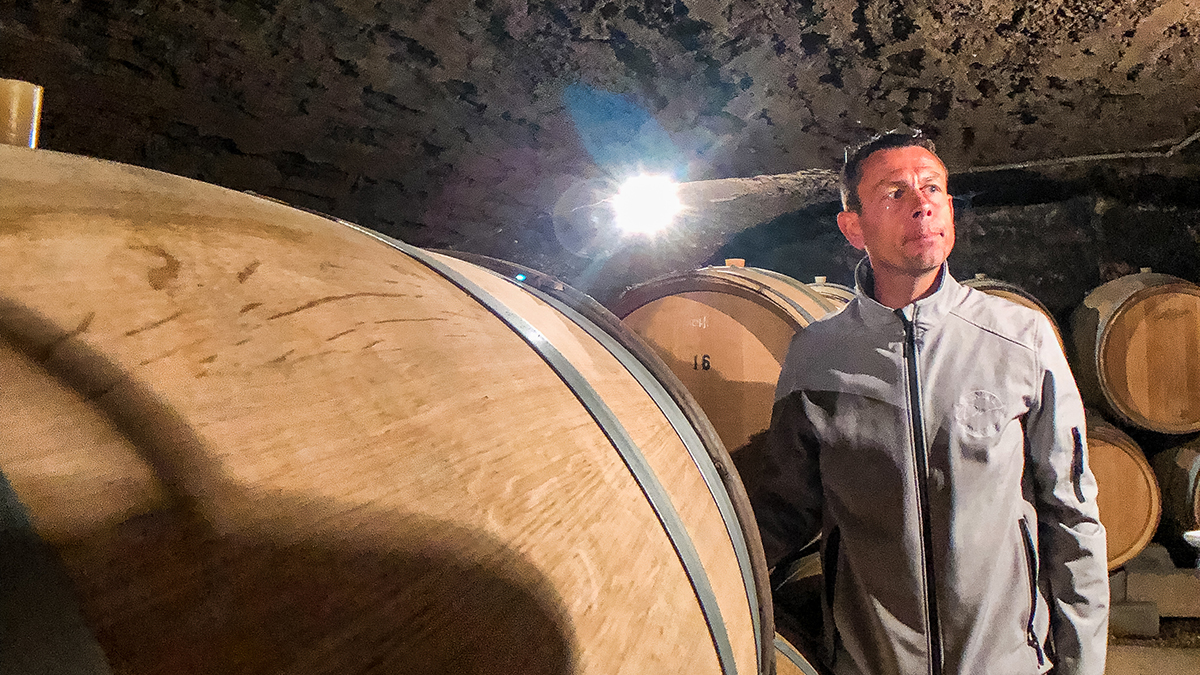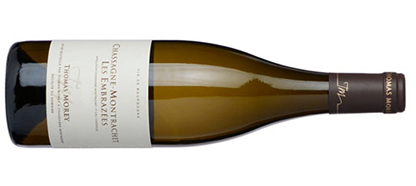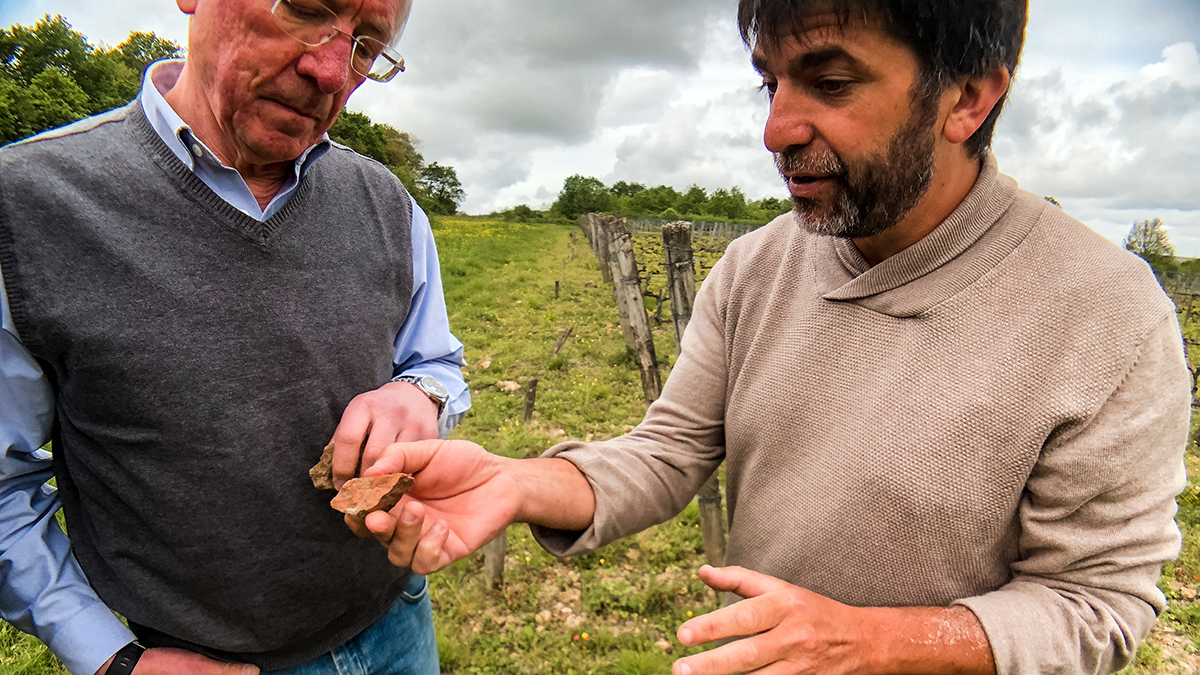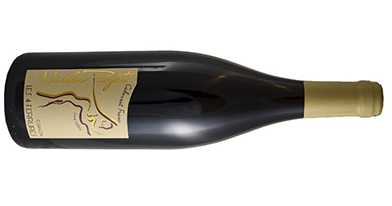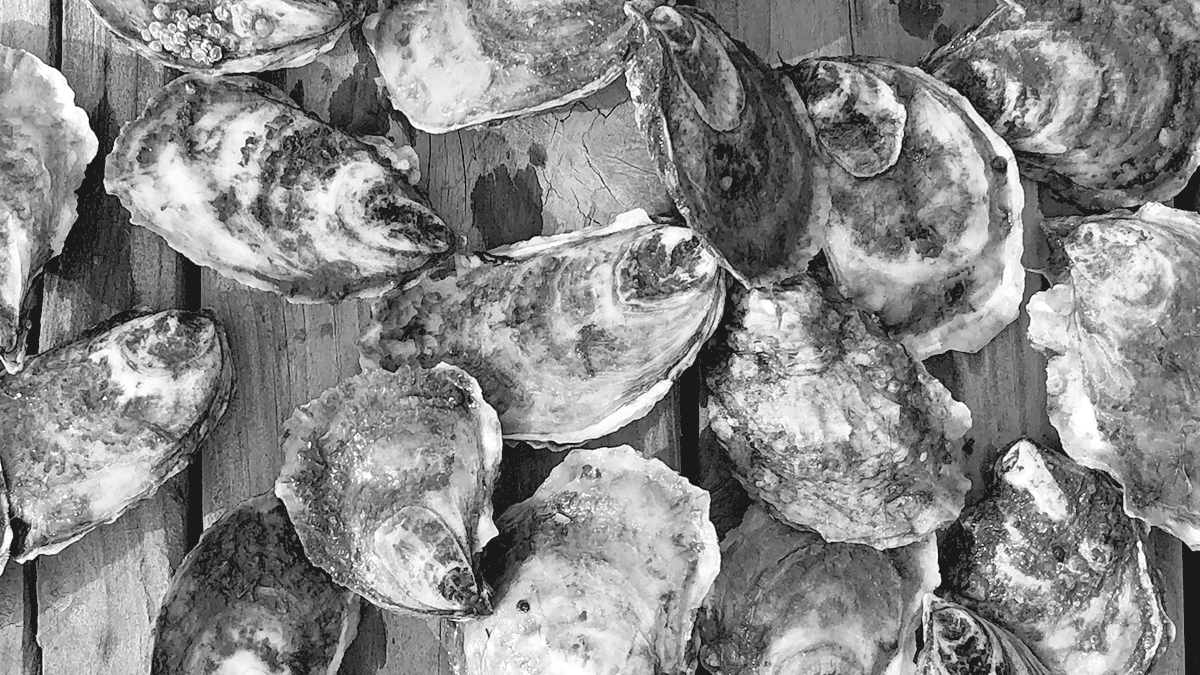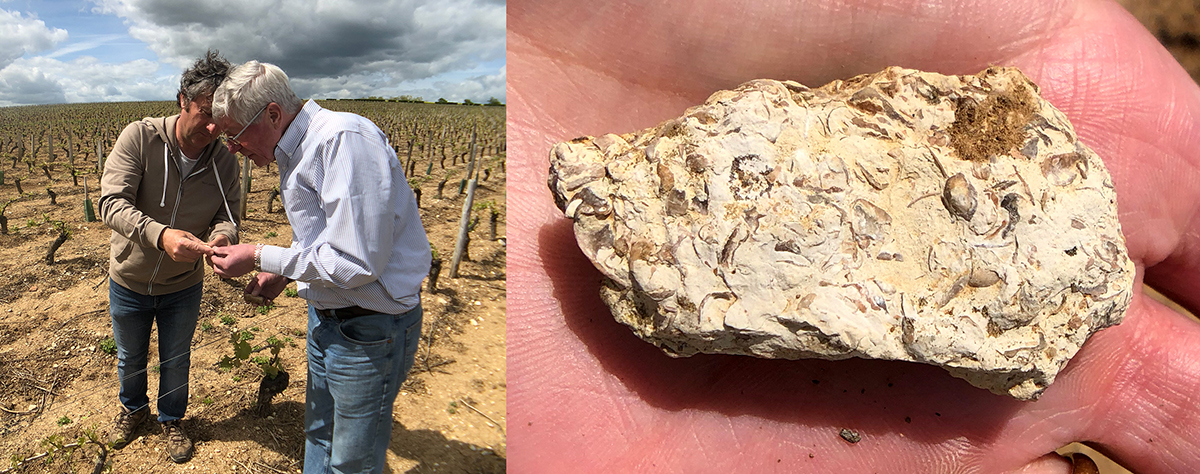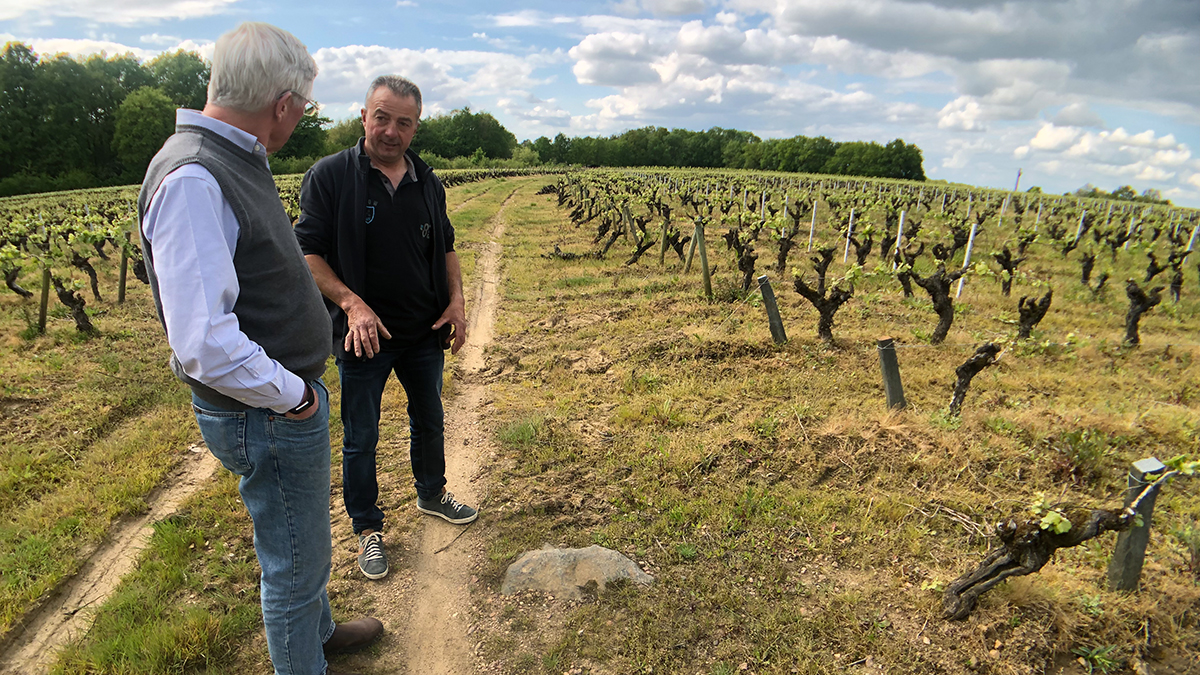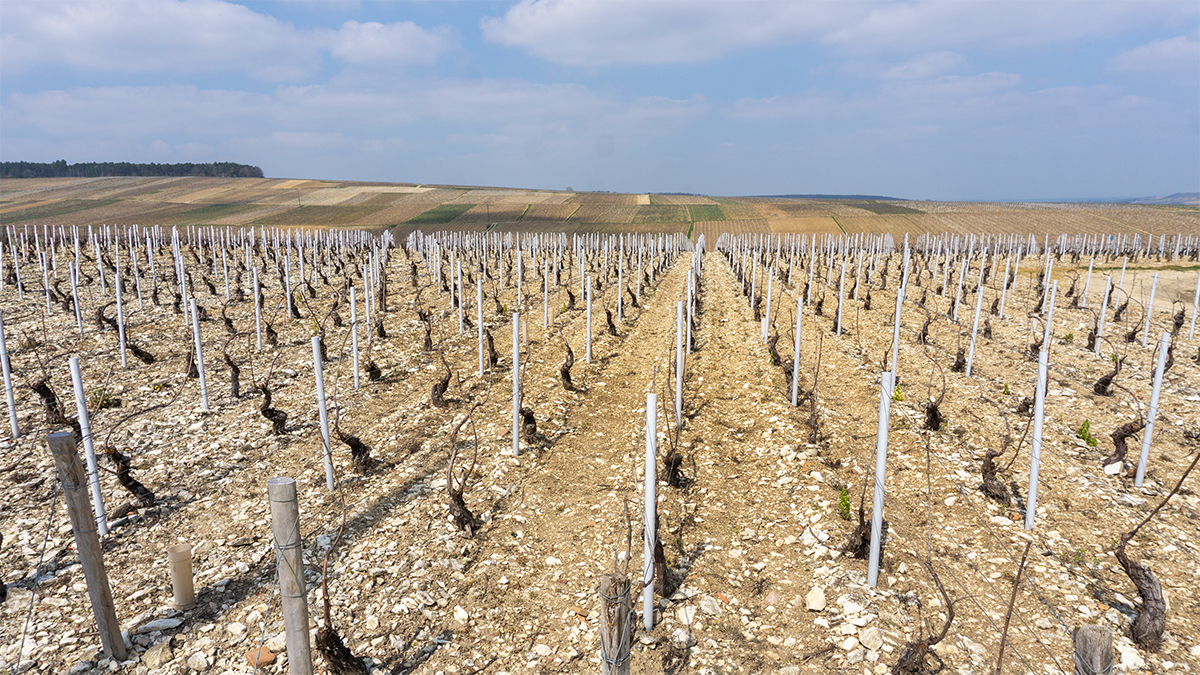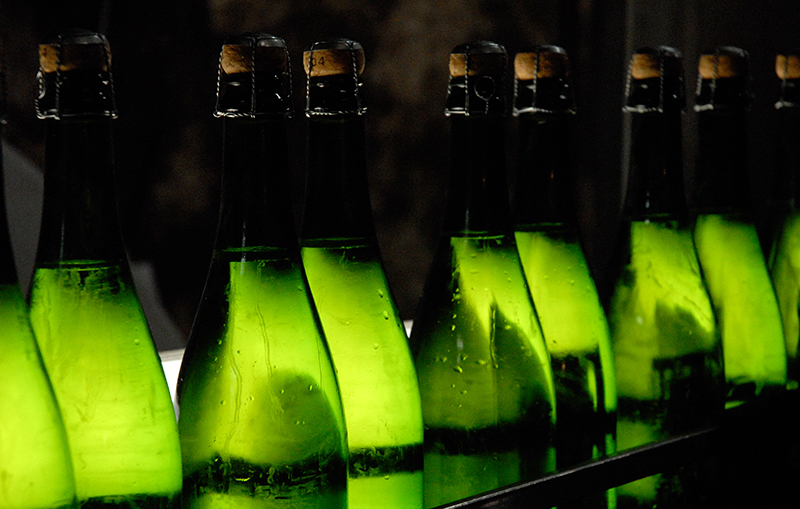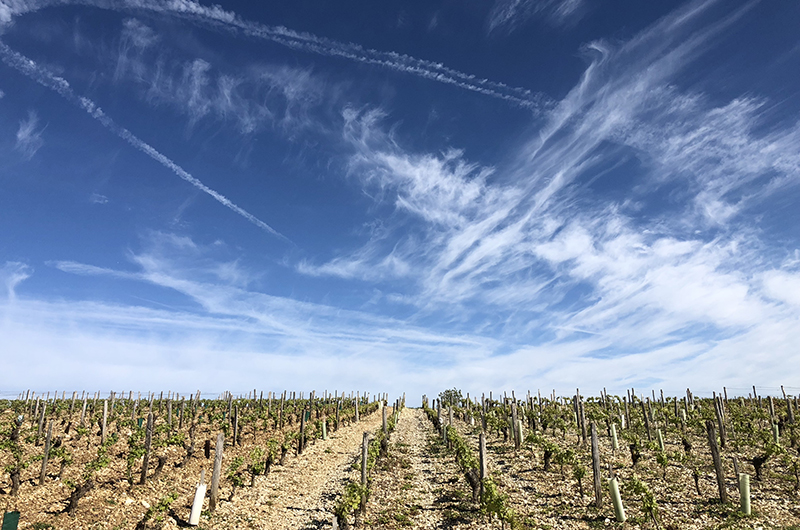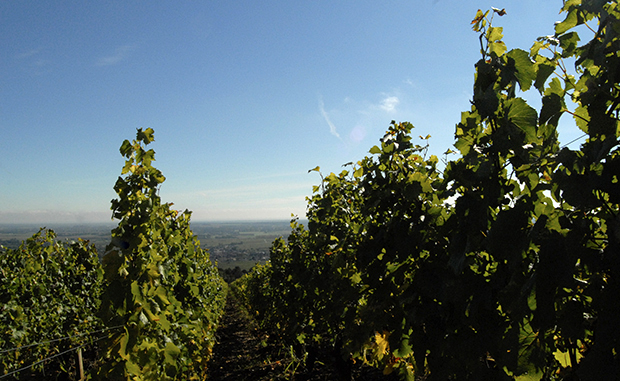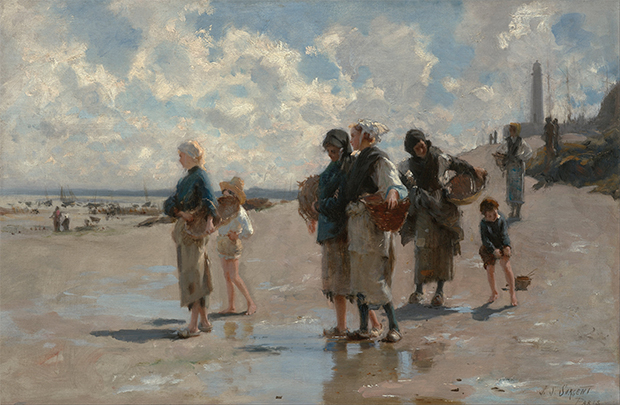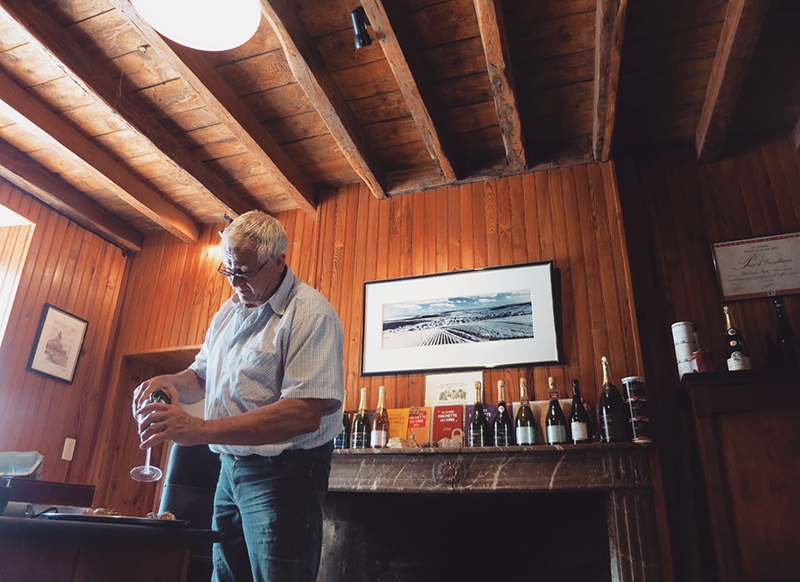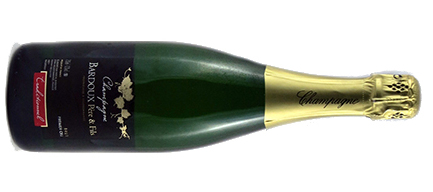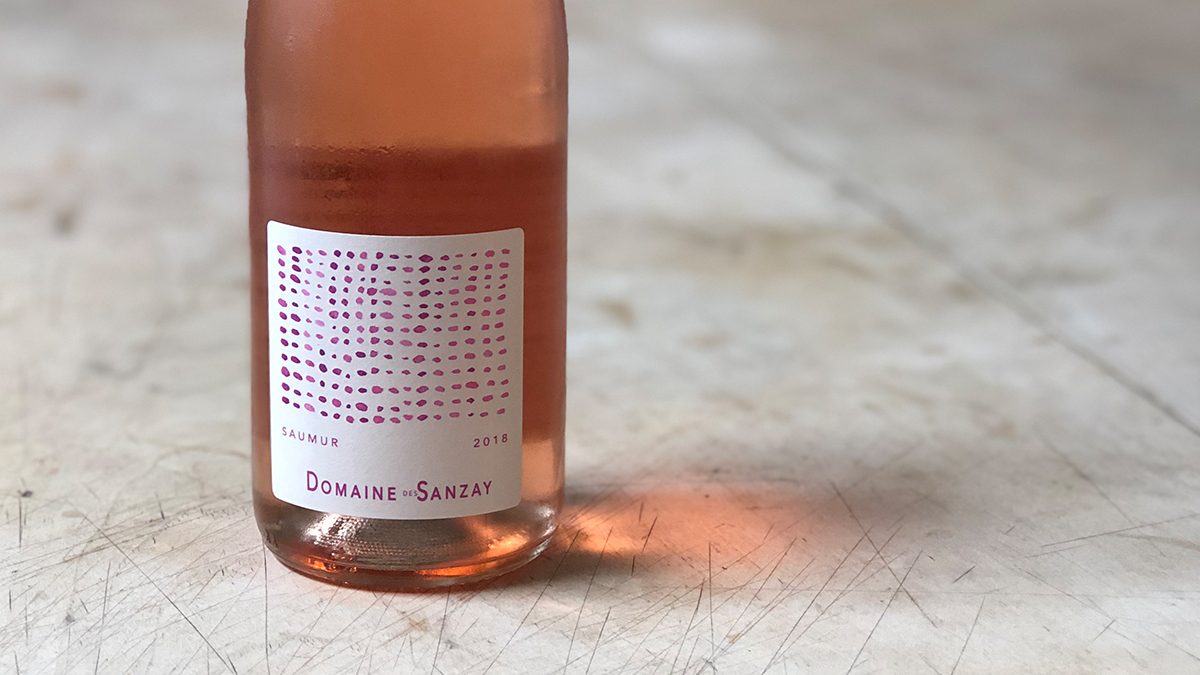
Rosé has exploded in popularity over the last few years. Open a well chilled bottle on a muggy August afternoon, and its appeal isn’t hard to find. With the market continuing to grow at 30-40% year over year, consumers around the world have imposed higher standards, and the quality of rosé has risen.
But what is rosé anyway, and how is it made? Here’s a brief look at the wine world’s newest (oldest) trend:
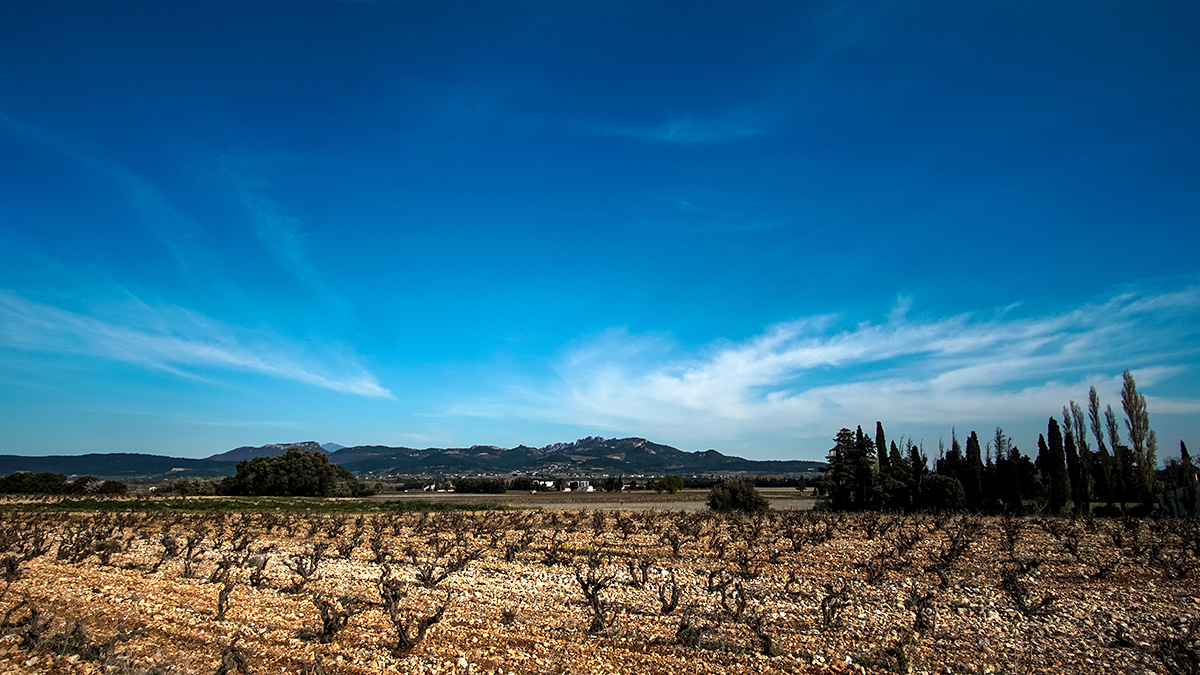
HISTORY
Once upon a time, most wine wine was rosé. The reds of ancient Greece were pale in color (most weren’t given much time on skins) and were most often served diluted with water. They may not have tasted much like the rosé of today, but they probably looked like it.
Phoenecians arrived with grape vines in Southern France in the 6th century BC. The field blends made from these white and red grapes were most likely pink in color. Even as darker reds became popular in the rest of the Roman empire, rosé was the drink of choice of the Provincia Romana (Provence), a trend that continues to this day.
Beginning in the 12th century, Bordeaux became known for its “clairet,” a purple-hued rosé wine popular in England. After the Dutch drained the peninsula north of Bordeaux, the wine made there turned darker and more serious. Eventually “Clairet” (from the Latin claritas, meaning “clarity”) became “Claret,” and British enthusiasm for the drink has only increased. There isn’t much rosé made in Bordeaux any more, but for centuries it was an epicenter.
In the 20th Century, sweet rosés from Portugal (Mateus) and California (White Zin) became popular. As sales of these wines grew, rosé’s status as respectable wine fell, and through the late 1990s serious rosé was essentially an oxymoron.
Today rosé is recognized as honest expression of terroir. Winemakers now take as much care with their rosés as their red and white wines. And as more domaines begin to produce serious rosé, the quality everywhere has risen.
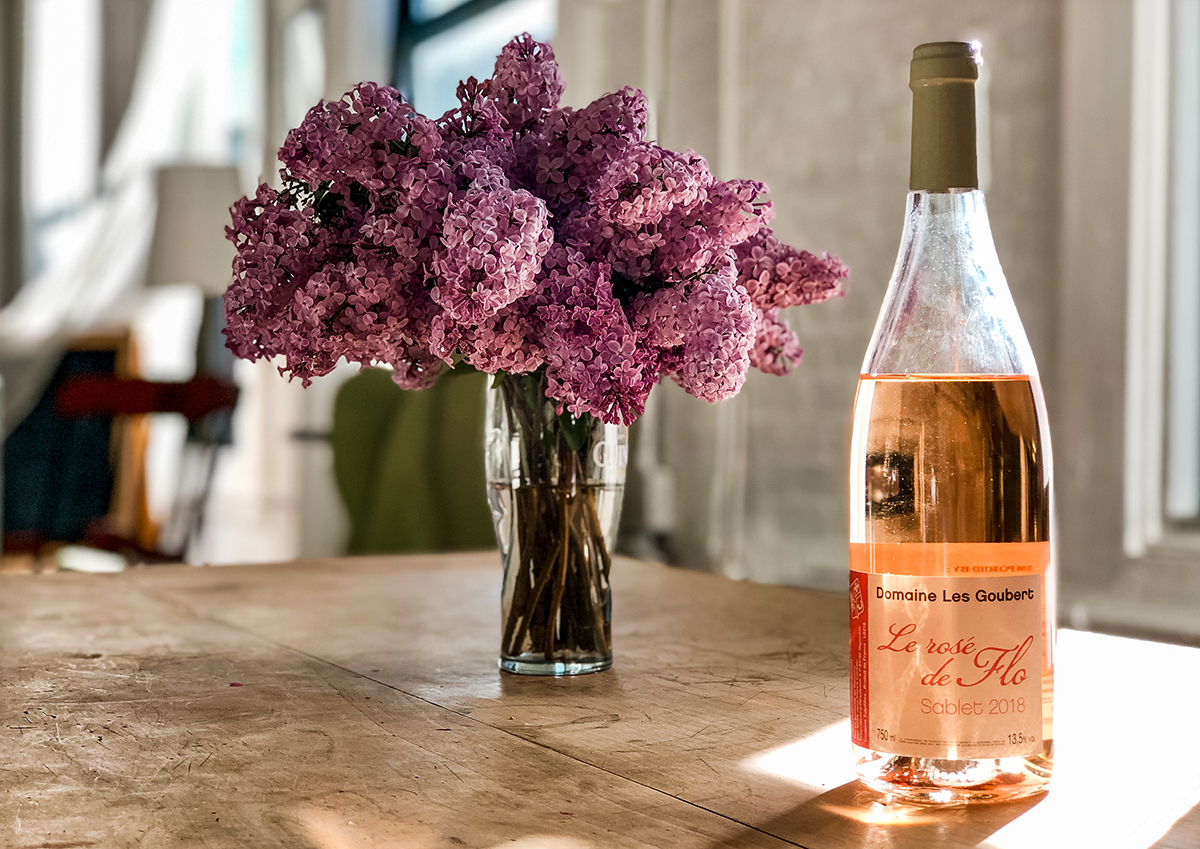
WHAT IS ROSÉ?
Rosé is a blend of red and white winemaking techniques, and not (usually) a blend of red and white wines. To make white wine, winemakers press grape juice off of the grapeskins and ferment just the juice. To make red wine, winemakers soak the grape juice with the grape skins to extract color, and then press off the colored juice and ferment it.
There are two techniques for making rosé: saignée and skin contact. In saignée (French for “bled”), winemakers harvest the red grapes, and collect the lightly-colored “free run” juice that naturally flows from the grapes. This style produces clearer and more vibrant, floral rosé.
For skin contact rosé, red grapes are allowed to soak on their skins briefly (usually 5-20 hours) and then pressed. The resulting wine is usually more intense, deeply perfumed, and textural. This technique yields more juice per bunch, and is used more widely.
Our three rosés in stock cover the spectrum of technique:
The Goubert Rosé de Flo 2018 ($19) is 100% saignée, made from grenache, syrah, mourvèdre and cinsault. The nose shows spring flowers and red fruits like strawberry and raspberry. The mouth is refreshing with good intensity and a brisk mouthfeel — look for notes of grapefruit zest and citrus.
The Malmont Séguret Rosé 2018 ($22) is 85% skin contact and 15% saignée, made from grenache and syrah. The nose shows light strawberries, lemon rind, tangerine, and minerals. The mouth is perfectly balanced, totally dry with excellent freshness and pleasant notes of herbs, lavender, and honey.
The Sanzay Saumur Rosé 2018 ($19) is 100% skin contact, using pure Loire Valley Cabernet Franc. Made from 50 year old vines and wild yeasts, this is clean, floral, and simply delightful. The nose is chalky and brisk, with raspberries and strawberries. The mouth is clean and refreshing, with dried fruits and flowers.
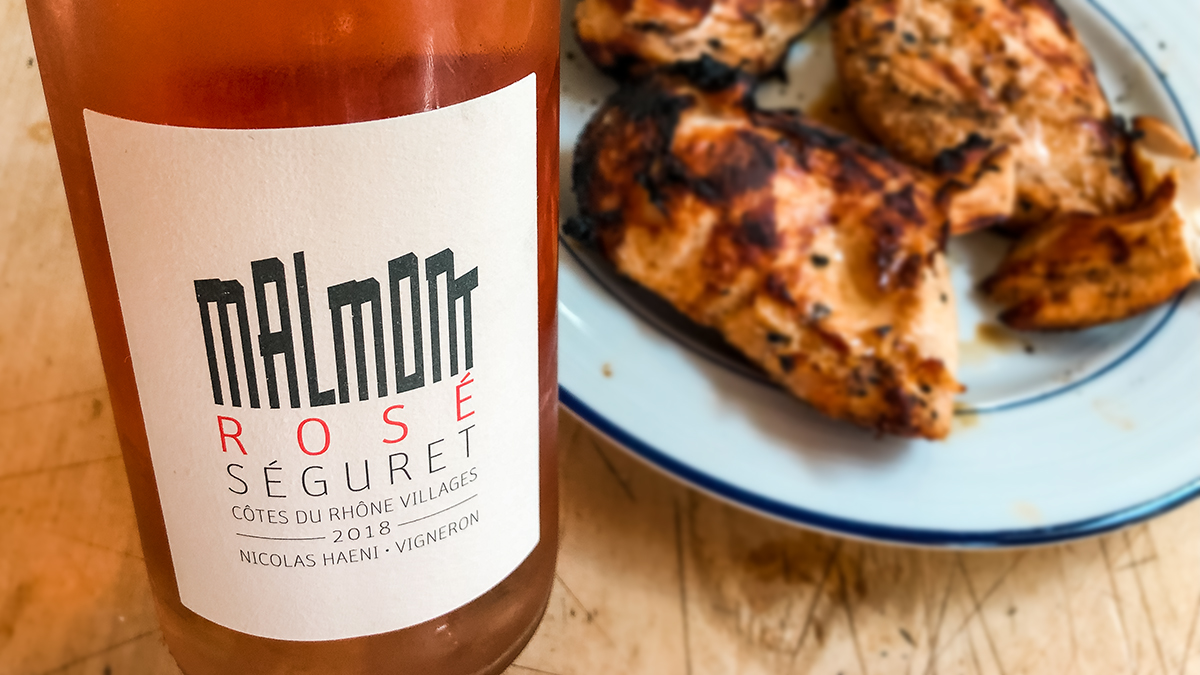
WHAT TO DO WITH ROSÉ
First of all, drink it. It’s inexpensive, refreshing, well-made, and light on the palate. More broadly, pair it with summery food. Vinaigrette salads are tricky to pair with wine, but we find rosé (particularly from the South) is often a good match. Young cheeses, particularly fresh chèvre, can be a beautiful match, both texturally and flavor-wise. Grilled chicken is a favorite chez nous, and a staple of summertime flavor. Sushi and raw oysters also pair well, as do grilled fish.
Finally, drink it cold, but not too cold — well-made rosé has real complexity, available only at non-freezing temperatures.
